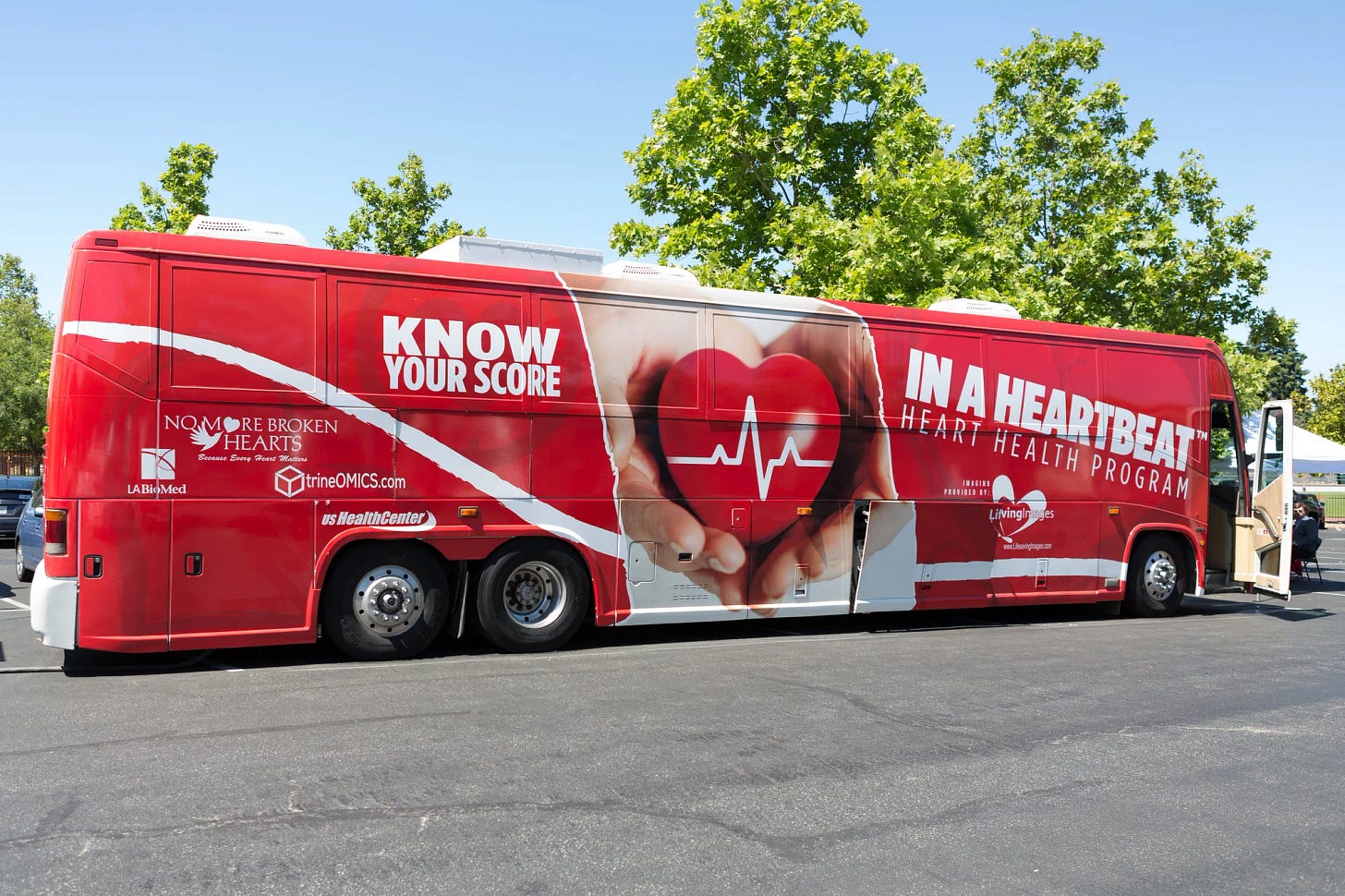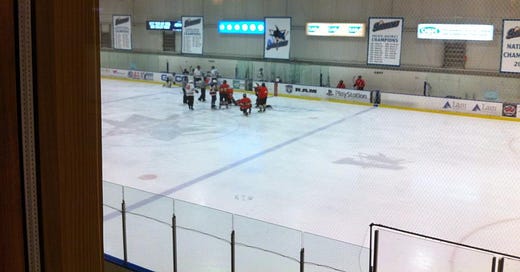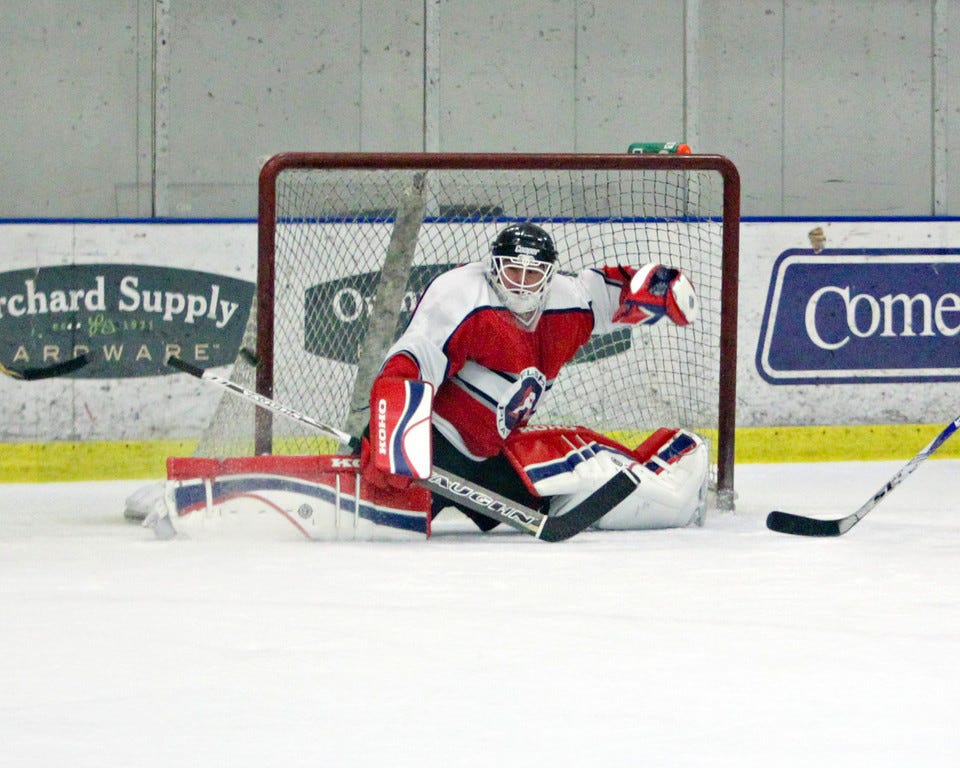“I really hope I didn't watch a man die tonight. I can't stop thinking about that man I've never even met.”
Those were the words I posted on my Facebook wall in the wee hours of September 29, 2013 before trying to sleep. I didn’t sleep much, of course, because I was convinced that I had just watched a man die at the local hockey rink.
As morbid as it may sound, it wasn’t uncommon to hear about someone dying while playing hockey at Sharks Ice, (previously Ice Center of San Jose, Logitech Ice, and Solar4America Ice, but it’s back to Sharks Ice) or any rink, really. It can be a very intense sport, even down in the beer leagues. The deaths at Sharks Ice sounded like urban legends about the place but, whether or not tragedy had occurred there previously, seemingly everyone who set regularly foot in that facility in the late 2000s came to know about two players dying on the same night.
On February 25, 2009, at around 9pm, 38-year-old Brian Kobata of Morgan Hill collapsed during a game and passed away of cardiac arrest. A few hours later, 41-year-old Kelly Calabro of Alameda unfortunately suffered the same fate. Oh, people do die playing beer league hockey? One second, you’re playing hockey with your buddies and, suddenly, the curtain falls. That is a sobering reminder.
At the time of those two tragedies, I was 27-years-old and I will be completely honest in telling you that I had no concerns over my ticker at the time. OK, I did and still do have one concern that will never go away: a burst aorta and I blame John Ritter’s untimely passing for it. If your aorta bursts, that’s it, you can’t put that toothpaste back in the tube. I’m a lifelong goalie and an opposing player once lost his balance and flew shoulder-first right into my chest. For a second or two, I wondered if my aorta survived. It did.
September 28, 2013 was a Saturday and one of my beer league teams was scheduled to play in the second-to-last time slot of 10pm. It’s a good slot on weekends because it’s late enough to free up your day and evening, but you can still get home before midnight depending on your commute. Since I had some free time before my game, I decided to enjoy a wobbly pop up at Stanley’s Sports Bar. What, did you think beer leaguers warm up by pumping miles on the exercise bike or doing calisthenics? Stanley’s overlooks three rinks at Sharks Ice and I sat to watch my buddy, Ozzy, who’s a teammate on another team, play with his Red Dogs squad on the East sheet. The game was as eventful as California Bay Area beer league ice hockey gets, which is really not that eventful. It’s much more fun to play than to watch, I’ll assure you.
At some point, I started paying attention to the other two games I could see but quickly turned back to the Ice Dogs game after one of their players went down and didn’t immediately get up. He was down for a noticeable but not concerning amount of time when I posted this to my Facebook wall:
“Uh oh. He's been down a while.”
Injuries in hockey, especially in beer league hockey, are a common occurrence. Even without checking, beer leaguers find no shortage of ways to injure themselves seriously enough to stay down for a while. Twice, I’ve nicked the back of my upper left thigh with the heel of my right skate while making a sprawling save. One teammate broke his leg flying over the opposing goalie and crashing into the net, causing the game to be cancelled. Worst of all, I had a shutout going. (I said what I said, Patrick! You have no limp and I could’ve had a shutout.)
Another teammate lost his balance and flailed his arms to regain it, accidentally chopping an opposing player over the top of the helmet with his stick and knocking him out. The opposing player was ultimately fine but that’s prime beer league slapstick right there. It’s beer league – players go down all the time, but they get back up. At least, sort of. There might be a stretcher involved but then you get an update a few hours later about a rod in a tibia or that the MRI will take place after swelling subsides.
The Red Dogs player stayed down, however. Long enough to be concerning now. Then, it got real.
This is how the events played out via my posts to my Facebook wall:
Oh, god, CPR on ice. Defib's out.
EMTs have arrived
Some sort of heart issue. EMTs are still doing CPR. This doesn't look good, man.
#24 on the other team is holding the IV. So surreal.
They just put him on the stretcher and they're still pumping his chest
Dean Dupuy is the guy
Dean Dupuy.
Ozzy, Dean Dupuy’s Red Dogs teammate, chimed in:
Updated news: it looks like Dean made it to the hospital and had surgery done to clear most of the blockage that caused a heart attack. The surgeon is hopeful that he will make it. If I hear more from my captain, I will pass it along.
Then, finally:
My last post was from an email update at 1:30am. Just got a new email, Dean Dupuy did not make it through the night. Please keep his family in your thoughts and prayers.
Dean Dupuy was gone at 46-years-old. Dropped dead of a heart attack during beer league hockey. In the following days, I started to learn more about Dean Dupuy. He was an engineer at Apple, had been married for over 20 years, had two kids, and even ran a race with his daughter earlier in the day. He was active and in good shape, certainly not the image of heart disease we’re accustomed to seeing.

His wife, Victoria, knew she didn’t have all the answers and sought out to learn why she suddenly lost her husband and best friend. She soon found a new path to tread.
During this journey, I discovered that there is a simple, noninvasive test called a Coronary Artery Calcium Scan (aka CACS; the mammogram of the heart and/or heart scan) that identifies heart disease at its earliest stages so it can be managed, treated, monitored, and, in some cases, reversed (mostly through aggressive diet changes). This preventative screening has been around for over twenty years and yet it still is not mainstream in our annual physicals even though there are thousands of studies and clinical trials attesting to its validity.
-Victoria Dupuy, (2018, February 10). Los Gatos Living - Unity Care. Test Not Guess Your Heart Health.
Despite the tragedy, Victoria Dupuy found the strength and coupled it with her newfound knowledge to raise awareness about the Coronary Artery Calcium Scan. She soon focused her efforts through a non-profit she founded in September 2014 called No More Broken Hearts.
Her untiring work ethic allowed her to share her message with outlets like the ABC 7, Mercury News, Santa Cruz Sentinel, Medium, and Palo Alto Online. In September 2019, she expanded her outreach by partnering with Life Saving Images to create a mobile scan bus.

I couldn’t tell you exactly how much impact Victoria Dupuy’s work made for the awareness of the Coronary Artery Calcium Scan, but Google Trends might have evidence to support her case.
Johns Hopkins mentions the Coronary Artery Calcium Scan on a page called “The Heart Test You May Need—but Likely Haven’t Heard Of” but the Wayback Machine suggests that page didn’t exist prior to October 2019. Coincidence?
Using data from almost 7,000 subjects, Johns Hopkins researchers compared two approaches to calculating heart risk. One way used only the traditional risk factors, like smoking, cholesterol, blood pressure and diabetes. The other included the coronary calcium scan score. Results reported in 2013 in European Heart Journal showed that by looking at the coronary calcium scan, doctors could much better estimate heart disease risk, especially for those thought to be at low risk or high risk.
Fifteen percent of those thought to be at very low risk using traditional risk factors actually had high coronary artery calcium scores. And 35 percent of those thought to be at high risk showed no coronary artery calcium, and therefore a lower risk of heart events.
Rest in Peace, Dean Dupuy, and thank you, Victoria Dupuy, for your relentless dedication to educating people about the hidden ways a heart attack could be lingering right around the corner.
And you, dear reader, I hope you remember to keep your coronary calcium levels in mind.






